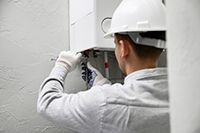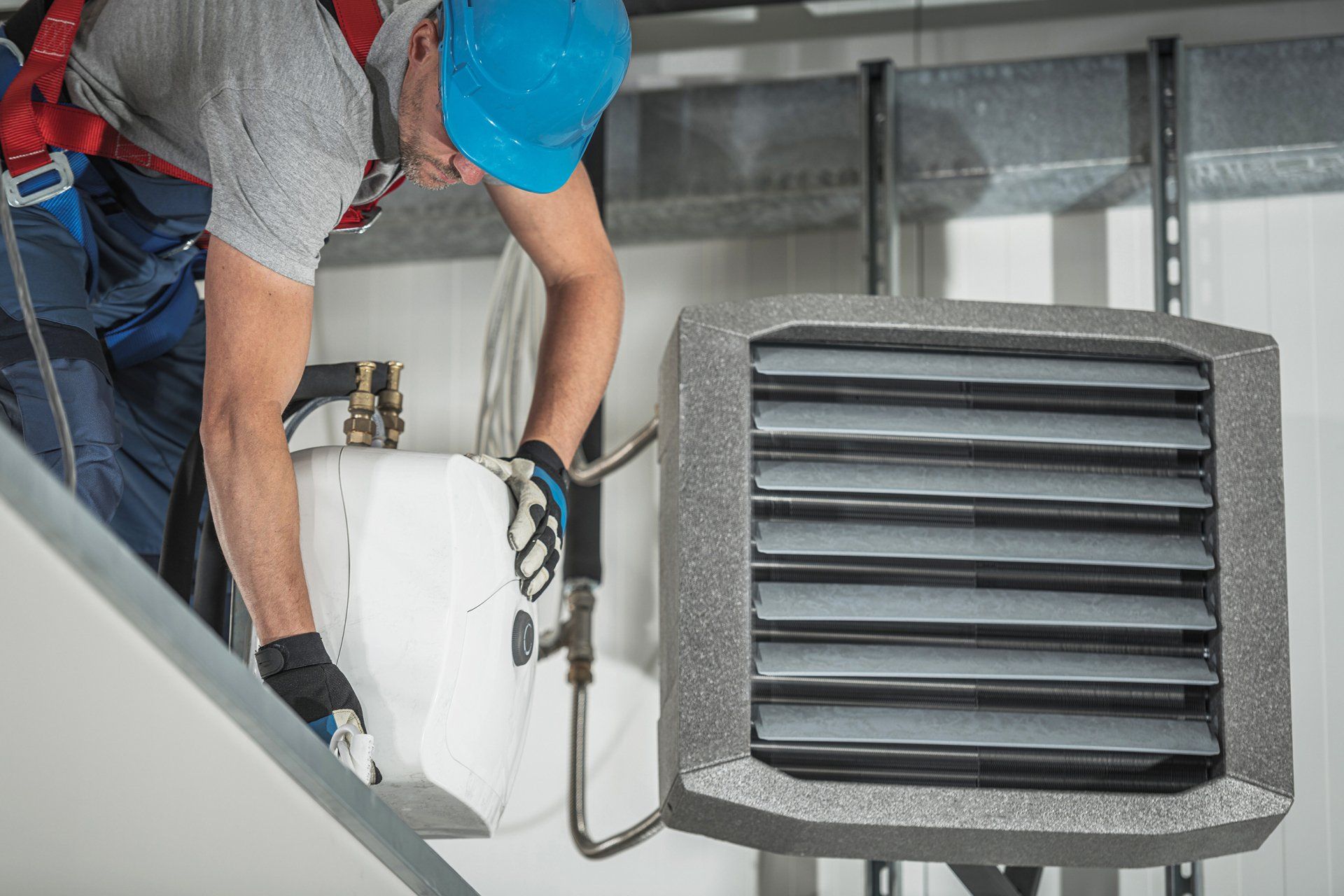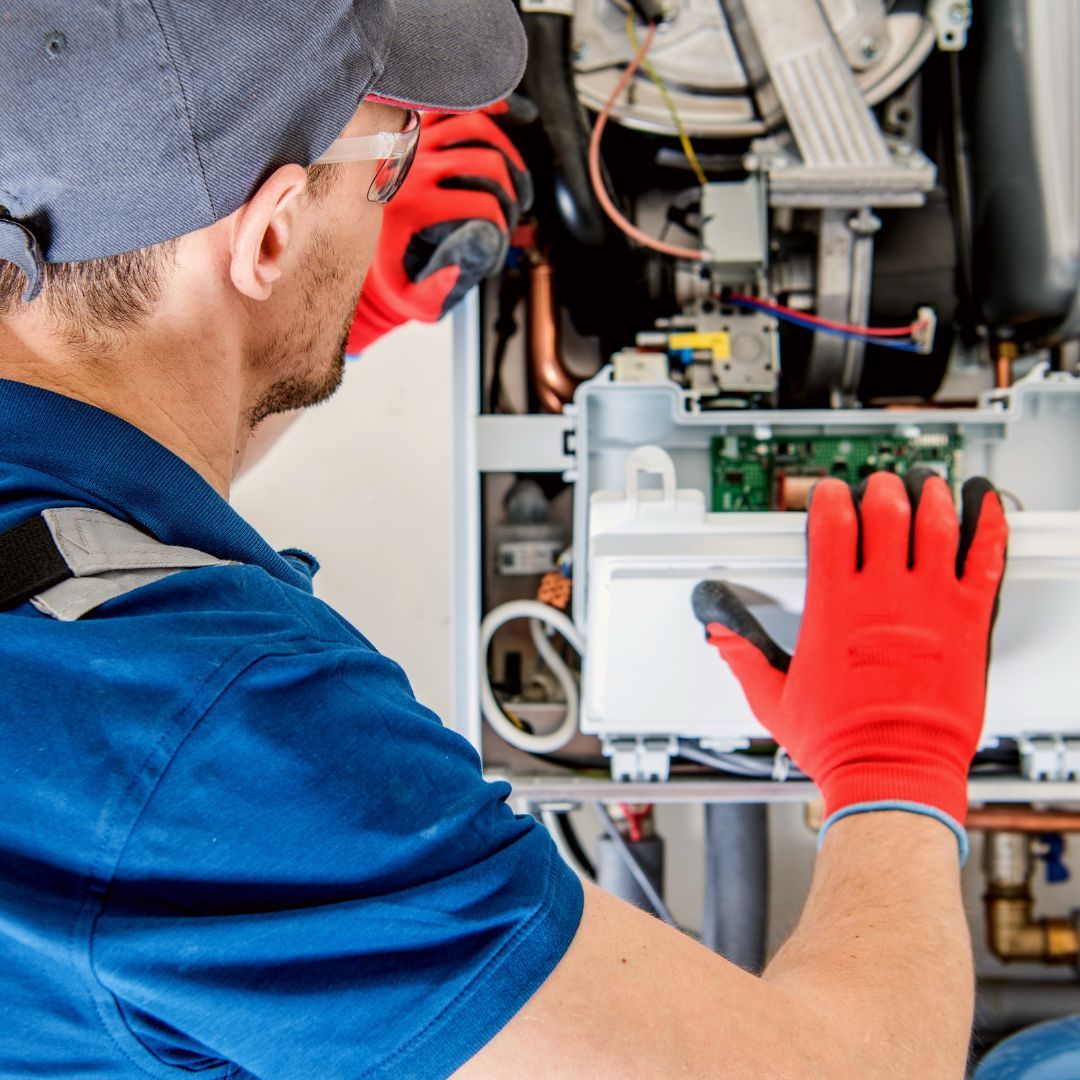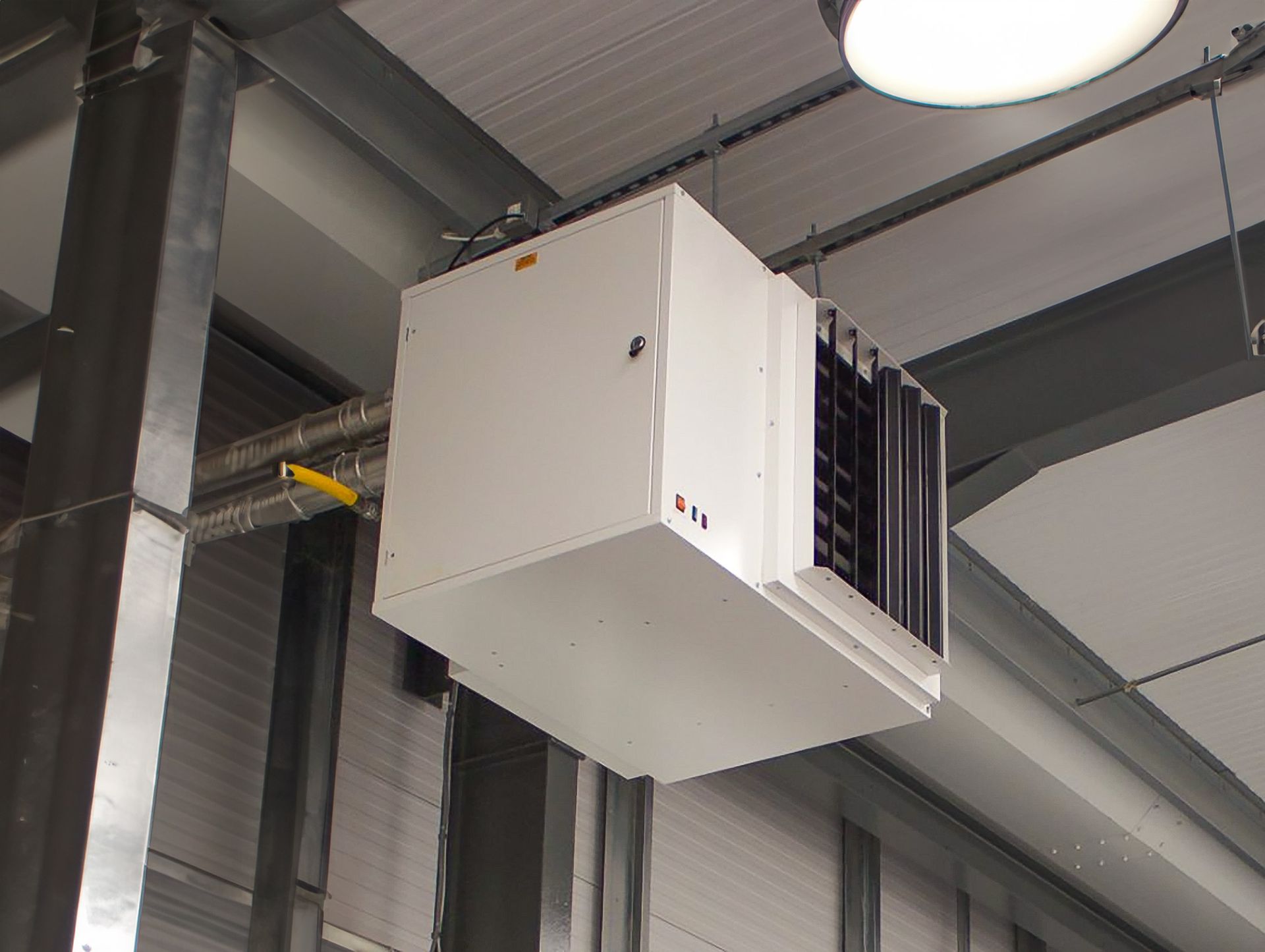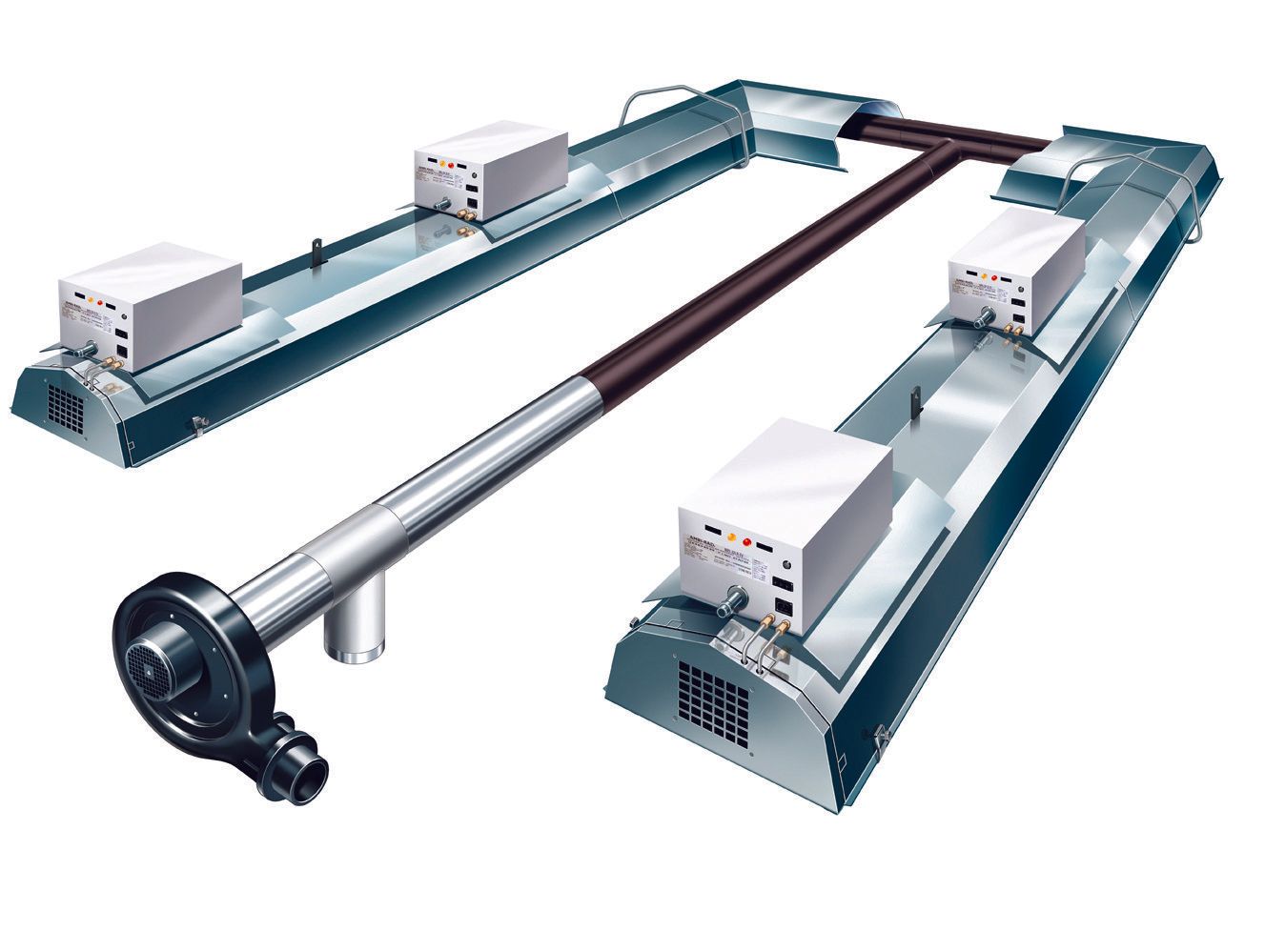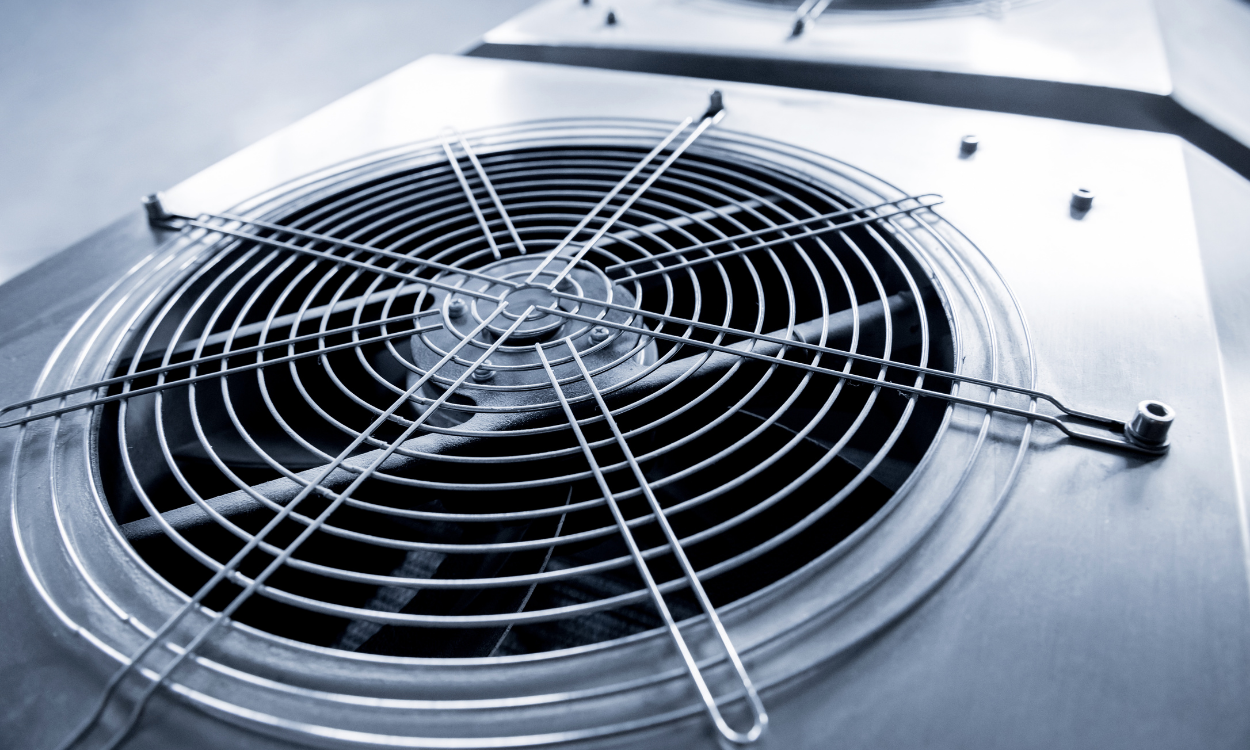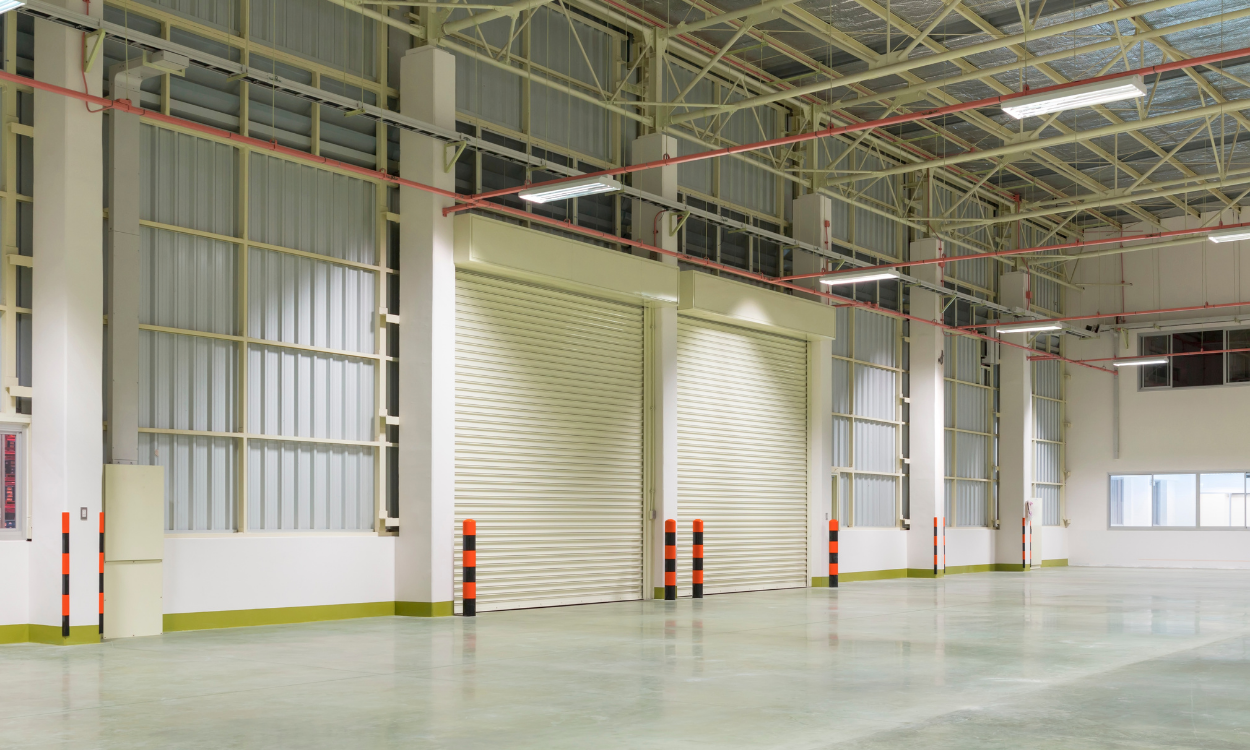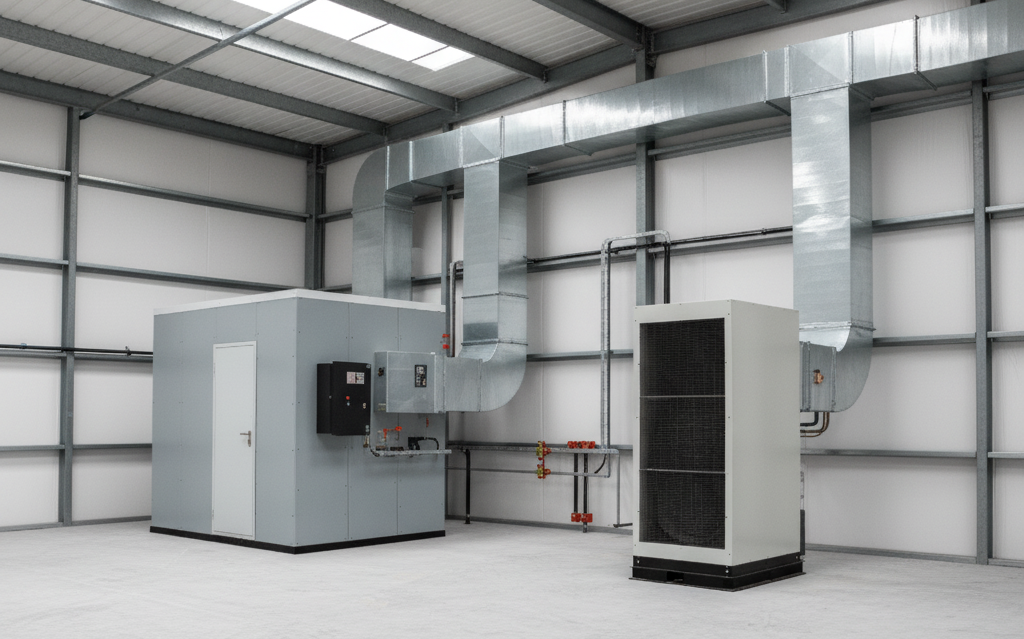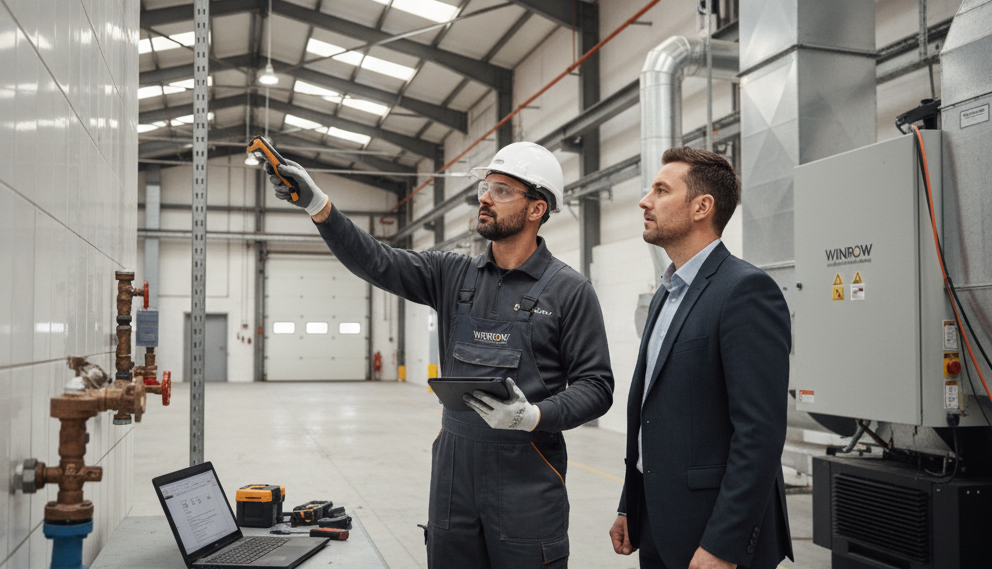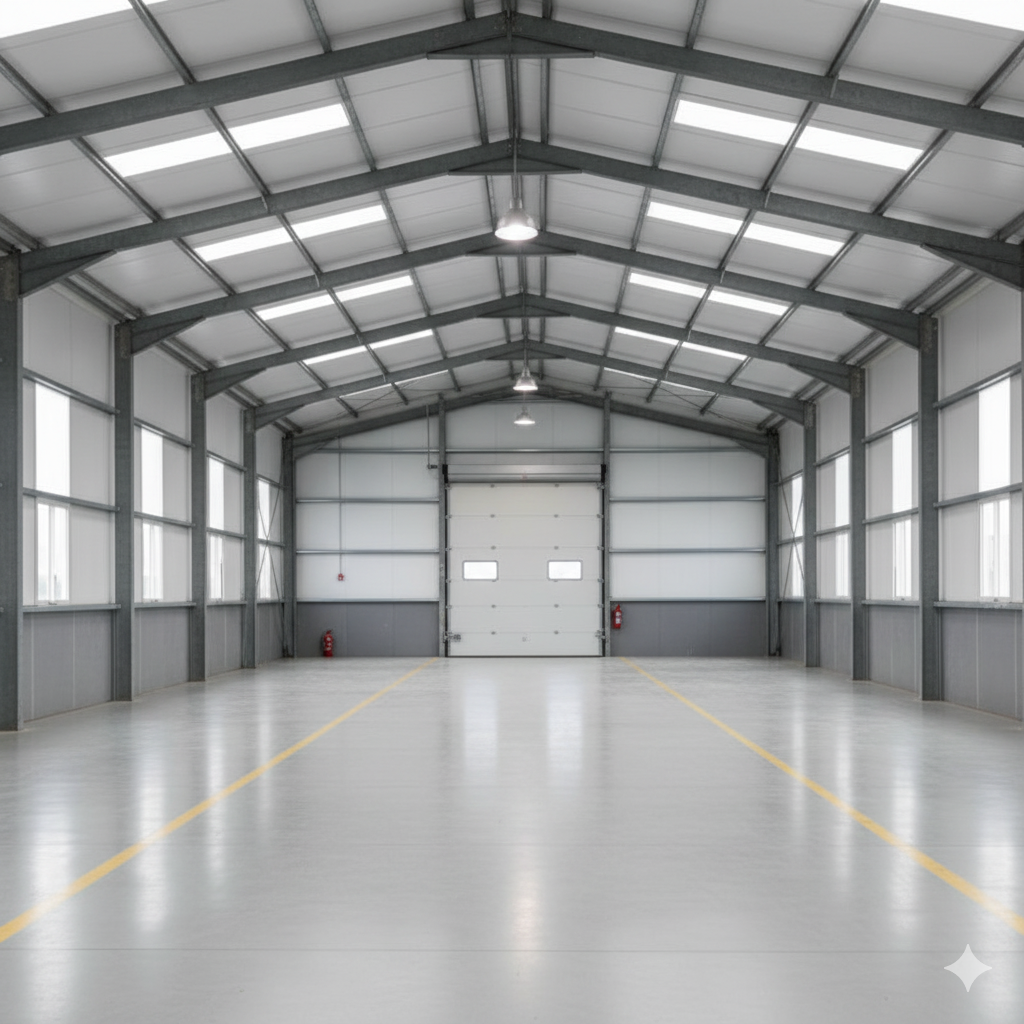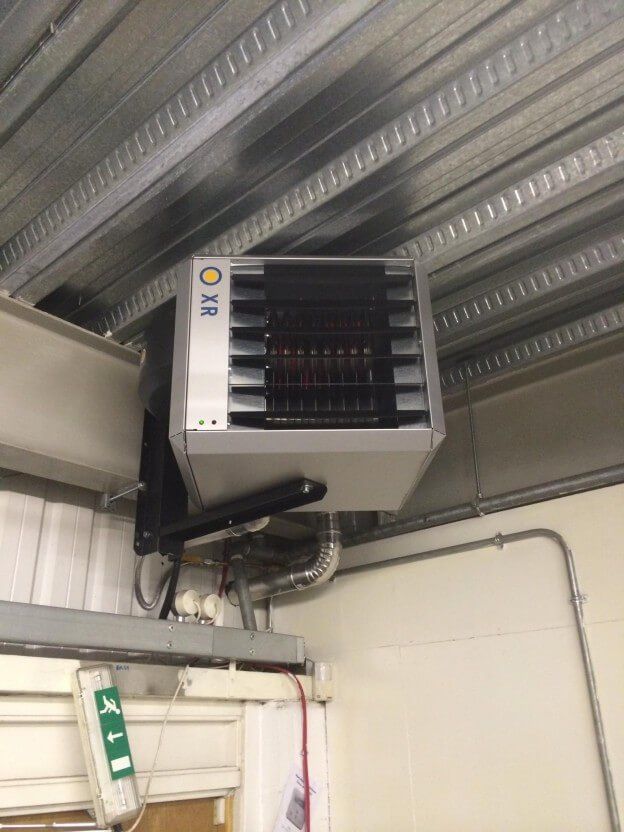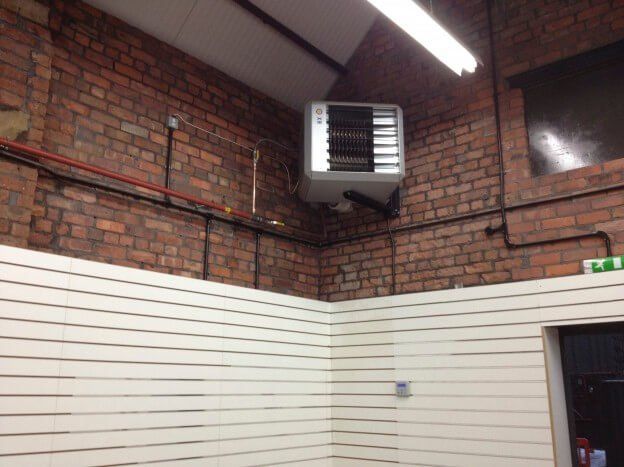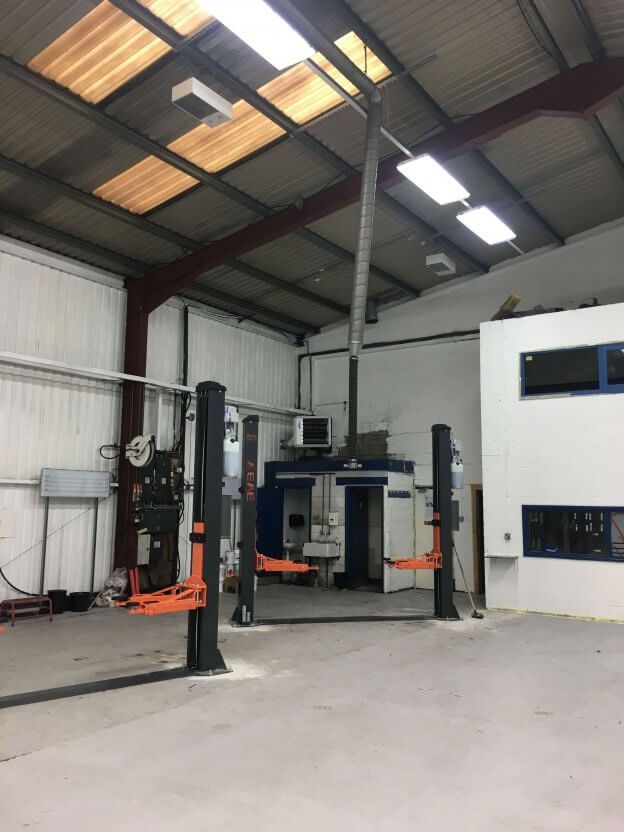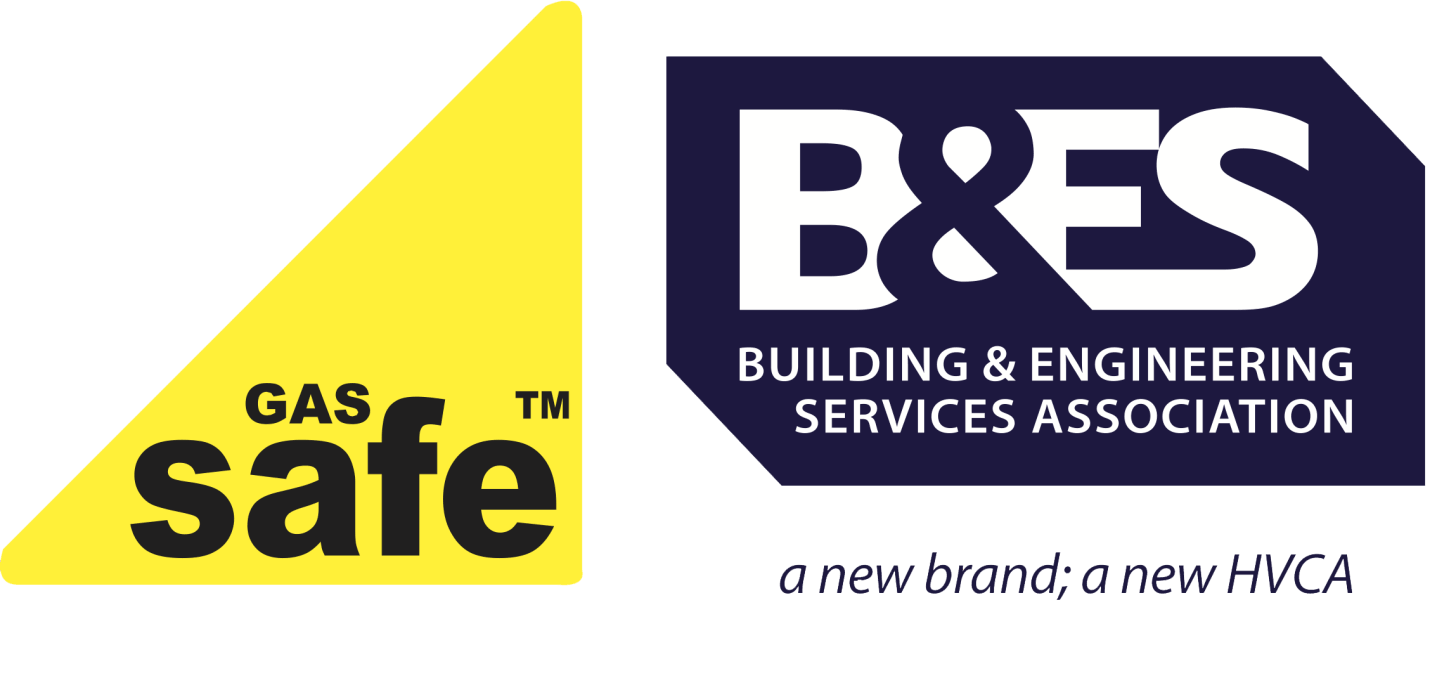Advantages & Disadvantages of Radiant Heating
With most traditional heating systems there is a convective system which allows the heated air to be circulated through a finite space. Usually you will find this system in radiators that are used throughout the home as a means of warming an entire volume of space. However, in recent years a popular alternative has being radiant heating which allows heat to be delivered through walls and floors. This allows the air adjacent to the wall or floor it is situated in to be heated and works best in indoor spaces. Whilst it is not a traditional form of heating it comes with a wide range of benefits that often aren’t considered when heating your home. Here we will discuss some of the advantages and disadvantages to installing radiant heating.
Call us today for a FREE QUOTE on 08000 588 035.
Advantages of Radiant Heaters
One of the biggest concerns homeowners in the UK now have is the rising cost of utility bills. Radiant heating systems are able to provide you with lower utility bills, particularly if it uses a hydronic system. They are also proven to be much more efficient than forced air systems meaning that you are getting more for your money. Because the system uses water there is a much higher efficiency as with air based systems if there is not a constant supply, the room will lose heat. Ultimately, this means that less energy is required over time to keep the water at your preferred temperature.
Unlike traditional heating systems there are no bulky visible components to take up wall or floor space, everything is hidden within. Other than a boiler there is nothing to add into the space which can cause you to be unable to place furniture. It also means there is less cleaning to be done as with wall radiators you regularly have to clean off dust and dirt.
With forced air heating you will often find that your home can become quite stuffy after a while as the system works by circulating the same air throughout the home. This means that any particles of dust, dirt, mould, hair and other allergens are in the air you breathe and settling on furnishings. Conversely, with radiant heating there is no circulating of air and therefore these allergens aren’t moving throughout the home. This creates a much cleaner environment especially if you have people in the household who have allergies to dust, pollen etc.
Disadvantages of Radiant Heated Air
In the long term as we have discussed, radiant heating can save you a lot of money in your utility bills. However, the initial installation of this system can cost you more than any traditional forced air heating would. The difference in pricing comes from it being measured per square foot and depending on the system, location, and your homes layout this price can vary.
As with all electrical based systems, there is always a higher risk of fires starting and this system is no different. It is important that if you choose to have this system installed you use a company that is well established and has a history of carrying out safe and professional work. If the wiring isn’t properly insulated or the conductive panels come into contact with debris that has been left behind it can easily start a fire.
With traditional heating systems if repairs need to be carried out it is easy to access either through the boiler or simply the radiators. Unfortunately, because radiant heating systems are located under the floor or in the walls it can be a much more difficult task trying to access it. Even a basic check-up can end up costing you large amounts of money when factoring in the repair work of your walls and floors.
Interested in adding a Radiant Heater to your business or industrial space? Call us on 08000 588 035 for a Free Quotation – we can review your space and offer a tailored, heating solution that best fits your requirements.
Alternatively fill out our contact form and we will be get touch with you as soon as possible!
Share This Post.
Need a Quote?
Is your business is looking for heating upgrade or an installation quote? Please call us on 08000 588 035 for a free quotation or fill out our contact form and we’ll get back to you as soon as we can.
If you could also attach some relevant images of the building and advise the building volumetric, it will help with our initial design assessment. Thank you.
